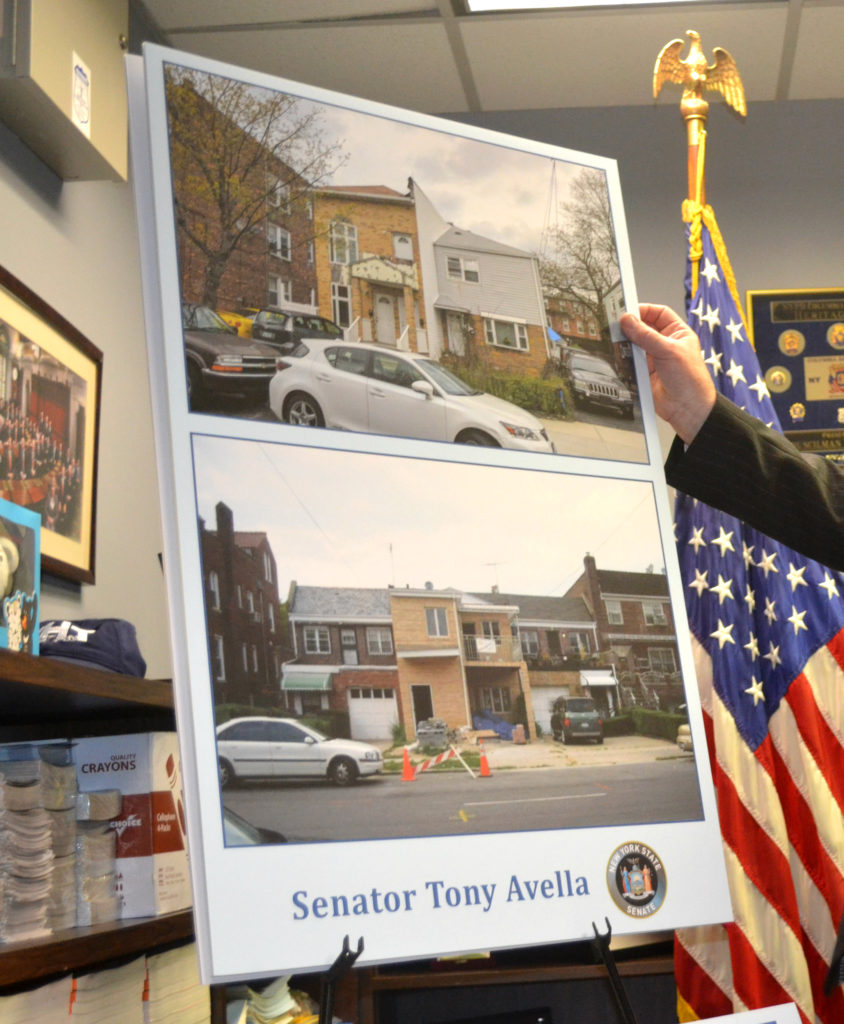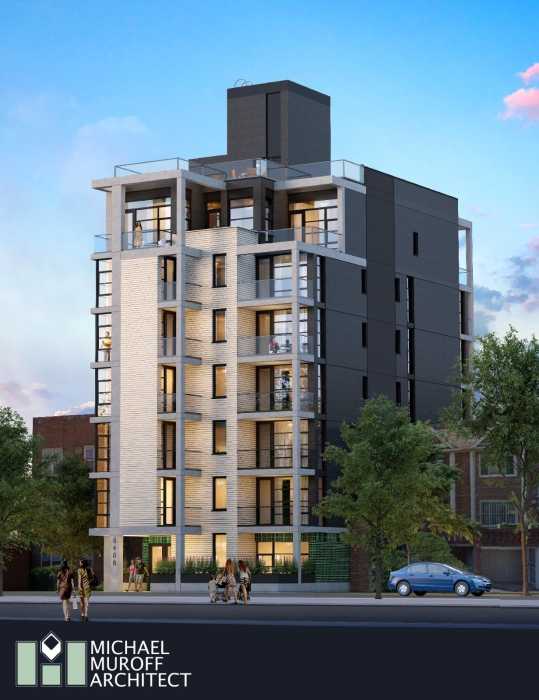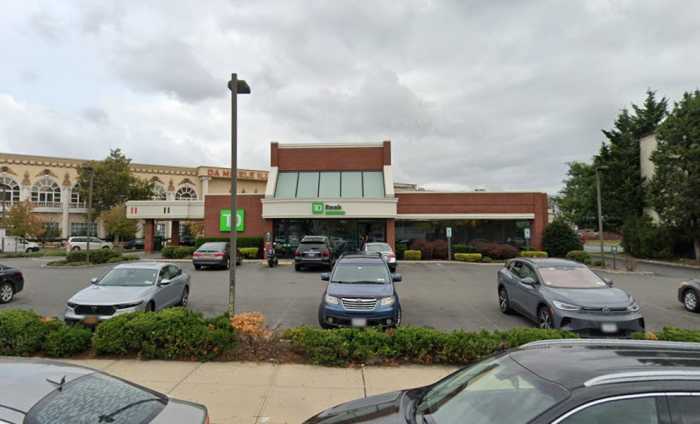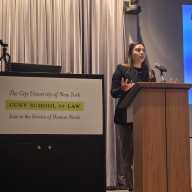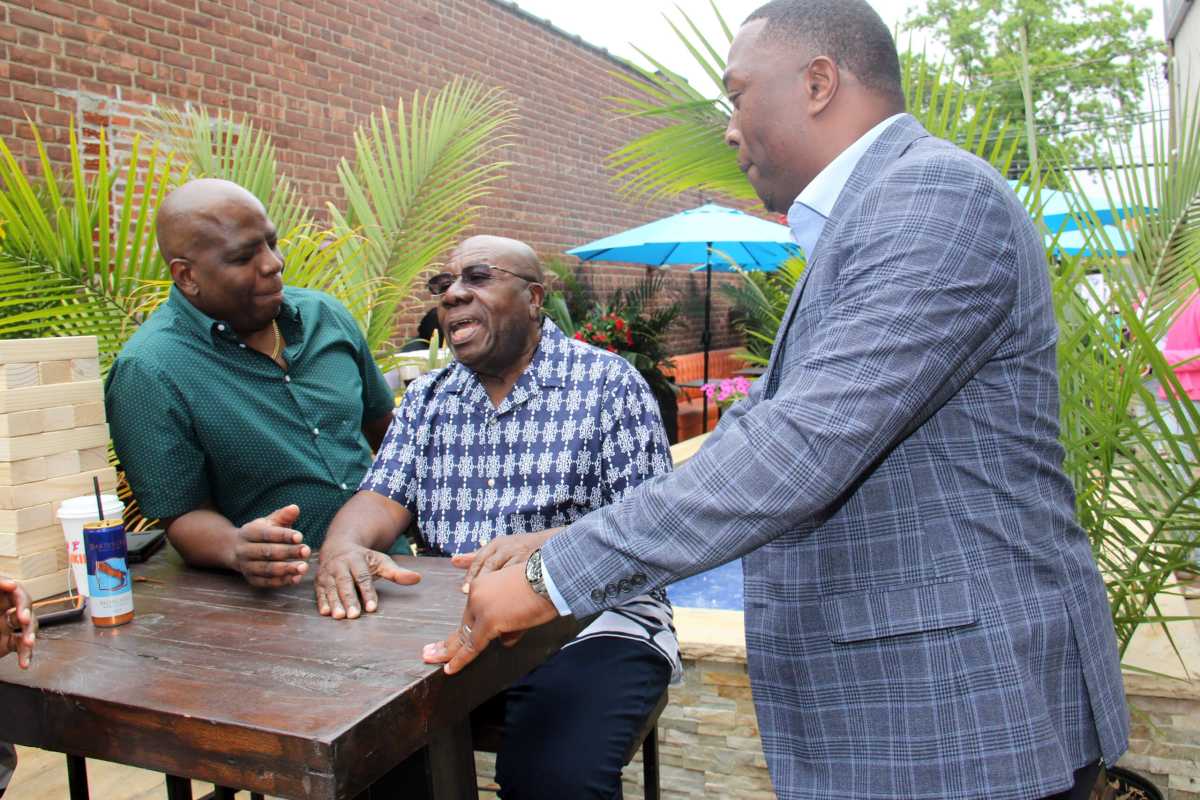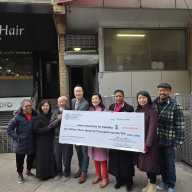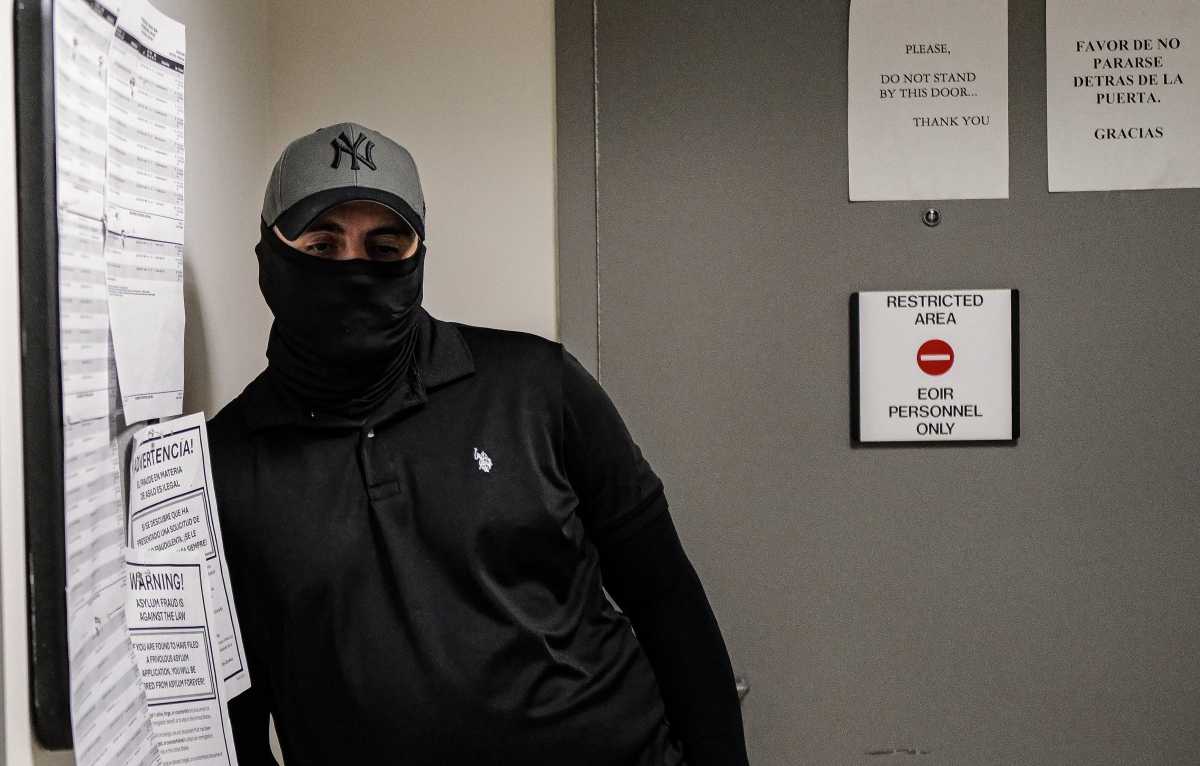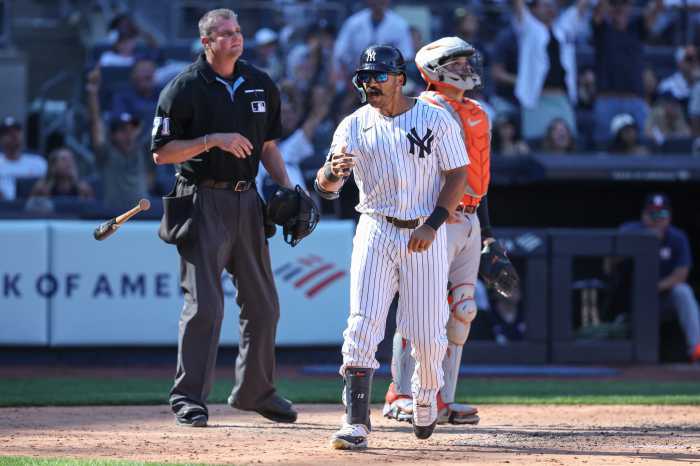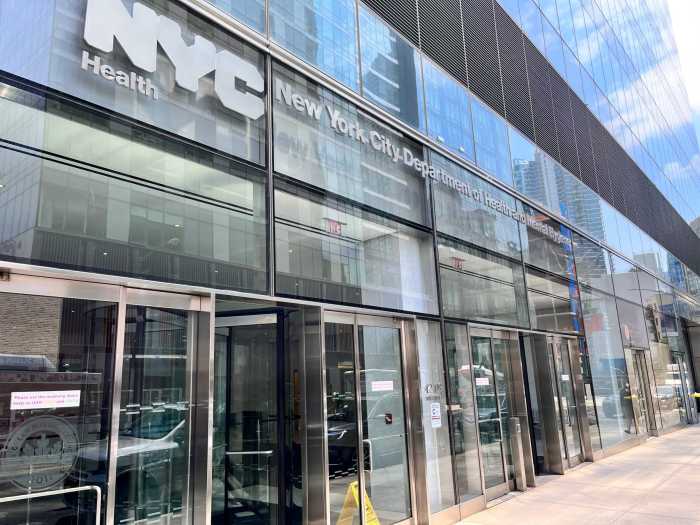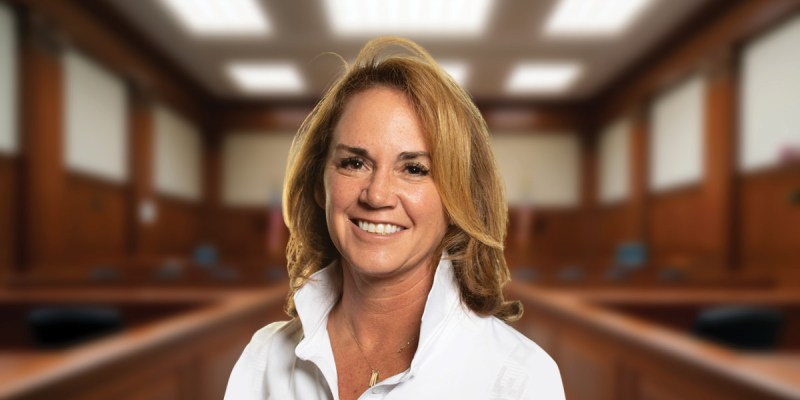Updated May 7, 10:30 a.m.
The city’s semi-attached and row homes have been the focus of “inappropriate” development in recent years, according to northeast Queens leaders, jeopardizing neighboring residents and the character of the neighborhood.
On May 3, local civic leaders and state Senator Avella held a press conference to call attention to the trend — observed in areas including Bayside, College Point and Bellerose — where semi-attached houses are being re-built by developers to tower over the adjacent home.
The group called on the city to establish new building and zoning codes that protect semi-attached and row houses from this “inappropriate construction.”
“There’s nothing to stop this,” Avella said, referencing a photo of new home built up against a smaller residence in Queens. A firewall was built to separate the two structures.
This construction causes the property value of the attached home to plummet, Avella claimed, and opens adjacent homeowners up to ventilation and quality-of-life concerns.
“The only thing [the homeowner] can do is then sell to somebody else who’s going to do something like this on the other end,” Avella said. “We have to come up with some sort of proposal where at least the adjacent homeowner has some rights.”
Avella said he will write a letter to the city’s Department of Buildings, Department of City Planning and Mayor Bill de Blasio to come up with additional regulations in the zoning or building codes to prevent this from happening in the future.
“If you’re doing a row house, it should be a row house,” said Frank Toner, vice president of the Rocky Hill Civic Association. “It should be just straight along the line.”
Representatives from the North East Flushing Civic Association and the Bayside Hills Civic Association were also present to voice their support.
“Developers are looking for any loophole they can find to build up or to change the character of the neighborhood. This is a perfect example,” Avella said. “Now it seems to be — as bad as it was — getting worse.”
“Generally speaking, things like height/bulk restrictions at a particular location are determined in the Zoning Resolution,” a DOB spokesperson told QNS. “While DOB is the agency responsible for enforcing the ZR, we do not write it.”
“The Department of City Planning strives to ensure zoning will appropriately reflect the varied character of the city’s neighborhoods, and it will continue to do so as the city evolves and issues may arise,” a DCP spokesperson said.


